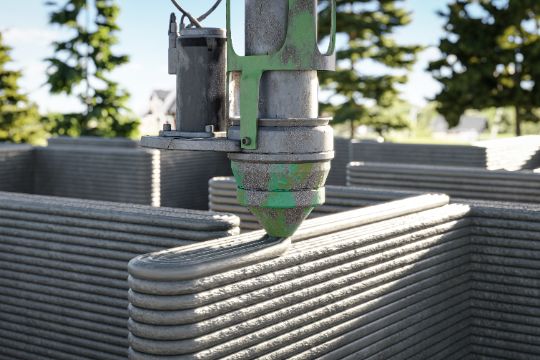Construction
Problem
Reducing Concrete’s CO₂ Impact: Innovating for Sustainability and Cost
Concrete is responsible for almost 10% of the global CO₂ footprint which is a major concern both for the global targets of reducing CO₂ emissions and for the construction industry as more taxation is being put on CO₂ emissions increasing the cost of construction.
More environmentally friendly solutions are desired by the market which requires innovation and development to keep up with the requirements and to try to limit the cost increase of current construction
Solution
Graphene-Enhanced Concrete Strengthening Sustainability and Reducing CO₂ Emissions
Using graphene oxide as an additive in concrete has the potential of increasing the strength of the construction material and thereby reduce the amount of concrete required for a task.
This can reduce the CO₂ footprint in concrete construction by up to 30%. This will have a significant impact on the cost for construction with concrete due to lower taxation but will also produce better buildings and infrastructure to benefit society.
Adding graphene can also improve the overall durability of concrete to resist cracks and reduce water permeation to reduce the corrosion risk of steel used in reinforced concrete. The environmental impact of adding graphene and reducing CO₂ emissions is also in direct alignment with global environmental goals.

Customer benefit
Stronger, and More Durable Concrete with Graphene Oxide
Reduce CO₂ footprint in construction with graphene oxide in small additive concentrations. Better performing concrete products with added properties from graphene and better environmental impact.
Faster curing, increased load bearing properties, reduced water permeation, reduce cracks and fractures.
